
Category: cosmology – Page 426

Transhumanism VS Christianity (Full Exclusive Interview)
Just Out: I did an hour long interview with Josh Peck of Into the Multiverse on Skywatch TV. Josh is a Christian #libertarian and this interview covers a variety of subjects including the compatibility of #Christianity & #Transhumanism, as well as my CA Governor run:
http://skywatchtv.com PLEASE SUBSCRIBE AND SHARE! Here is the full exclusive interview of Zoltan Istvan by Josh Peck on the topic of transhumanism vs Christianity.
Make sure to check out the full episode at https://youtu.be/pclVZYyV2dQ
What do you think? Leave a comment below!
More Multiverse Media at:
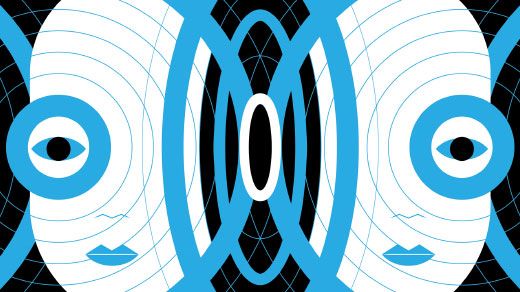
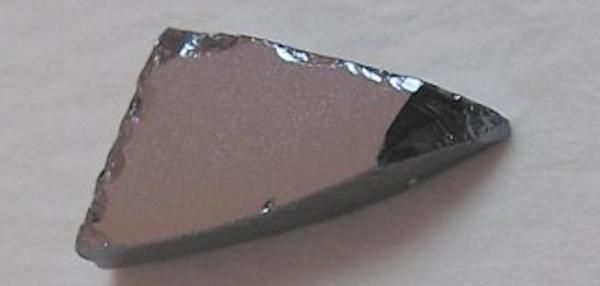
New material capable of detecting dark matter, scientists say
March 20 (UPI) — Scientists believe a new material, known as a scintillator, will expand the search for dark matter.
New analysis suggests the scintillator material is sensitive to dark matter particles with less mass than a proton, which should allow scientists to look for dark matter among a previously unexplored mass range.
Weakly interacting massive particles, or WIMPs, describe dark matter particles with a mass greater than that of a proton. Scientists have tried to directly detect WIMPs using a variety of strategies, but with no success.
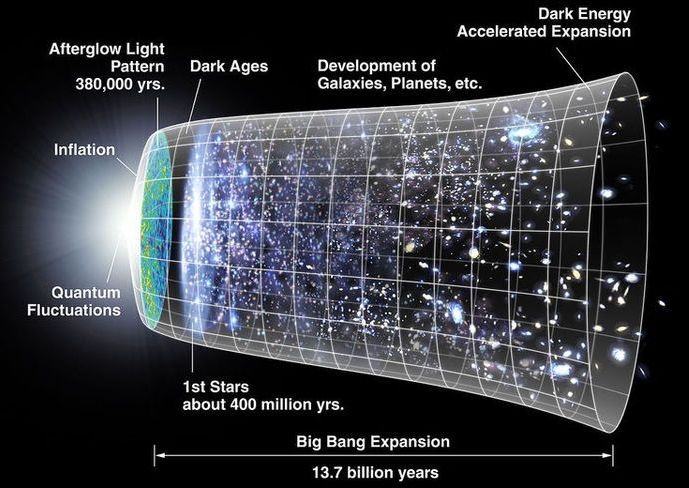
We’ll Never Know For Sure How Everything Began
Roughly 13.8 billion years ago, the Universe as we know it expanded from an infinitely hot and dense singularity in space and time, first in a furious torrent of rapid cosmic inflation for a fraction of a second, and then in the more calm manner we see today – gradual, yet accelerating expansion fueled by dark energy.
This fleetingly describes the Big Bang model of cosmology, the most successful theoretical explanation for our grand Universe. Backed by boatloads of observational evidence, we can be very sure of its veracity. Caltech astrophysicist Sean Caroll even described the Big Bang as “100 percent true.”
But that percentage of surety dwindles to nothing when discussing the singularity that supposedly started it all. Where did it come from? What came before it? What caused it to “bang” in such a big way? As Carroll admitted, this singularity and its accompanying “bang” are essentially stand-ins for what we don’t – and currently can’t – actually know.
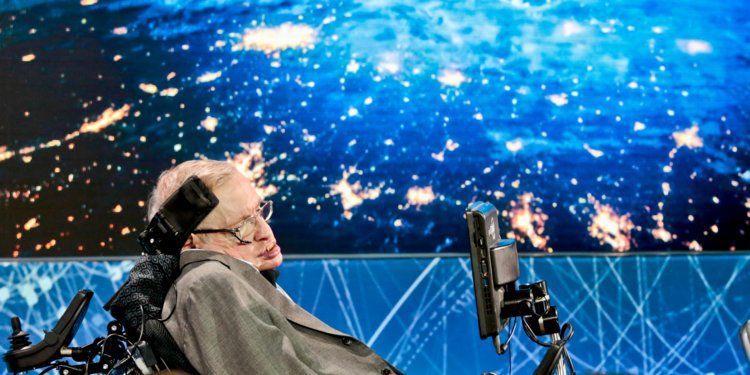
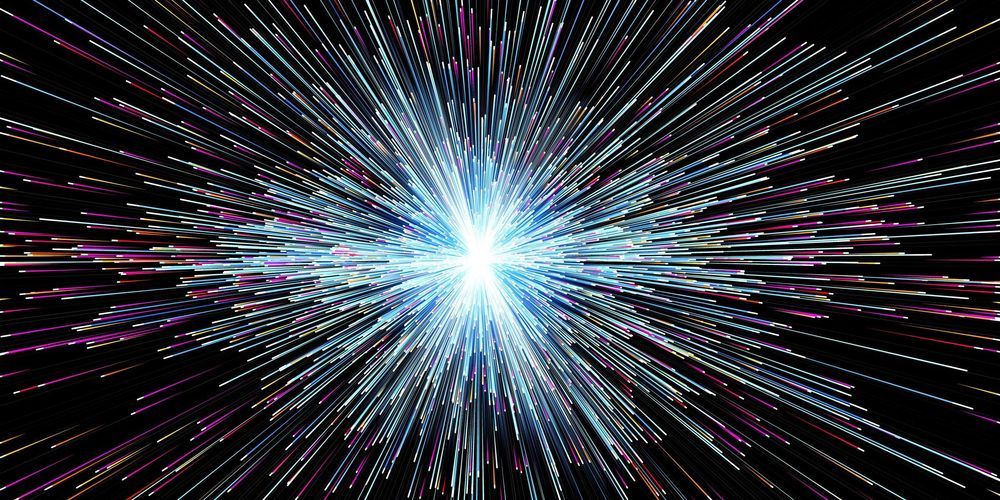
To Understand the Universe, Physicists Are Building Their Own
Silke Weinfurtner is trying to build the universe from scratch. In a physics lab at the University of Nottingham—close to the Sherwood forest of legendary English outlaw Robin Hood—she and her colleagues will work with a huge superconducting coil magnet, 1 meter across. Inside, there’s a small pool of liquid, whose gentle ripples stand to mimic the matter fluctuations that gave rise to the structures we observe in the cosmos.
Weinfurtner isn’t an evil genius hell-bent on creating a world of her own to rule. She just wants to understand the origins of the one we already have.
The Big Bang is by far the most popular model of our universe’s beginnings, but even its fans disagree about how it happened. The theory depends on the existence of a hypothetical quantum field that stretched the universe ultra-rapidly and uniformly in all directions, expanding it by a huge factor in a fraction of a second: a process dubbed inflation. But that inflation or the field responsible for it—the inflaton—is impossible to prove directly. Which is why Weinfurtner wants to mimic it in a lab.
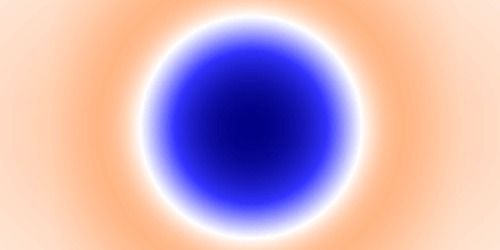
Synopsis: Cosmic Voids Under Pressure
An analysis of distortions in the cosmic microwave background reveals information about the gas inside large voids in space.
Galaxies tend to be the standouts in astronomy. But researchers are finding there is plenty to learn from studying cosmic voids—swaths of mostly empty space, hundreds of millions of light years across. The temperature and pressure of the gas in voids could, for example, provide clues to how energy cycles through the cosmos. David Alonso, of the University of Oxford in the UK, and colleagues have now taken one of the first steps toward determining these gas properties by analyzing how the gas distorts light from the early Universe.
The cosmic microwave background (CMB) is the first light released into the cosmos, roughly 380,000 years after the big bang. Intergalactic gas boosts the energy of photons from the CMB, and this distortion is a powerful probe of the gas in galaxy clusters. But no one has yet used it to study voids. Alonso’s team combined maps of the CMB with images of 774 cosmic voids. The researchers then deduced the properties of the gas within each void by comparing the measured energy of the CMB photons to models of the electron pressure in voids.


Here’s Stephen Hawking’s Incredible Solution to His Black Hole Information Paradox
Such an amazing mind!
Stephen Hawking, one of the greatest minds of our lifetime, has passed away — leaving behind a lot of heartbroken science fans.
While he was publishing papers right up until the months before his death, it was in 2016 that he released one of his most talked about journal articles — a long-awaited solution to his black hole information paradox.
In other words, he’d come up with a potential explanation for how black holes can simultaneously erase information and retain it.